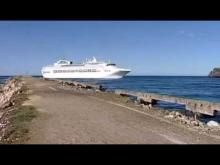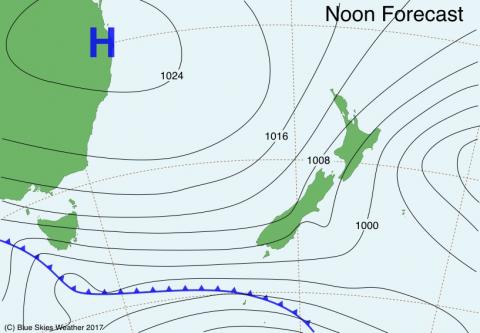-
More
Weather Forecast
- What's On
- Programmes
- Noticeboard
- Tuning
- Services
- DVD Shop
- About
- Home
- Business
Friday 27th August, 2021
With New Zealand nearing the end of a 10-day lockdown due to Covid 19 in Auckland and Wellington, many businesses are doing it tough.
In Otago, Business South is the new entity which combines the skills and experience of the Chamber of Commerce, and the Employers' Association.
NICKY ALDRIDGE-MASTERS is the acting CEO, and joined us via zoom.
Watch here;
https://players.brightcove.net/4915776650001/rJepAGlOg_default/index.htm...
Thursday 13th October, 2016
The median house price in Otago has reached a new high of $296,000.
That's a $16,000 jump compared to this time last year.
Prices are mostly up in rural areas but down in Dunedin, and overall sales volumes have fallen 7% in the last 12 months.
Otago is one of six regions in the country to hit a new record high median sale price.
Smaller increases are also being reported in Southland and the Queenstown Lakes area.
There has been a large jump in sales volumes in Gore and commentators say demand from first home buyers remains solid.
Friday 30th September, 2016

Organisers of the iD Dunedin Fashion Week are looking at ways to cut costs after reporting an almost $55,000 loss.
The society in charge of the annual fashion week just publicly confirmed the deficit.
In the 2015 financial year it enjoyed a net profit of more than $120,000.
But that's turned into a net loss of just under $55,000 following this year's event.
Income dropped and expenditure increased for the society, disappointing members.
They're blaming lower than expected ticket sales and are now looking at trimming costs and boosting sponsorship.
Friday 30th September, 2016

Otago is the second fastest growing region in the country in relation to tourism, according to the latest statistics.
It's second only to the Nelson region, which has had 11.7% growth in tourism expenditure.
The figure for Otago is 9.6%.
That equates to $3.2b for the year to August.
Wanaka led the country for individual towns and cities, experiencing a $16.3% increase.
Dunedin's also had a winter tourism boom, thanks in part to a new promotion enticing Australians and New Zealanders to the city.
Wednesday 28th September, 2016
Port Otago has generated $7.3m for parent organisation the Otago Regional Council in the last financial year.
The company's just publicly announced its latest annual performance, reporting a group profit of just over $34m.
There has been an increase in export container volumes and higher valuations on investment properties.
But the log industry has declined slightly, as have import container volumes and cruise ship numbers.
Port Otago's well into its planned $45m infrastructure upgrade, spanning several years.
Friday 16th September, 2016

The latest stage of the Cromwell town centre redevelopment is beginning to take shape.
Work on the Big Fruit Reserve started in July and is on schedule to be completed by November.
And locals are hoping it'll entice passers-by to stop for more than just a photo opportunity.
Monday 05th September, 2016

A two-month Enterprise Dunedin campaign to entice people to the city is costing stakeholders almost $100,000.
The city council's footing half the bill, with partner organisations covering the rest.
Those involved say it's money well spent but the project is attracting scrutiny.
Thursday 25th August, 2016
Fonterra has indicated it will increase its 2016/2017 farmgate milk price.
The rise of 50c to $4.75 per kilogram of milk solids is seen as a positive signal for farmers.
Federated Farmers dairy industry spokesperson Andrew Hoggard says the announcement will likely boost dairy farmer optimism, and make their bank managers 'more cheerful'.
Wednesday 24th August, 2016
The price of petrol is heading up, once again.
The price per litre has increased 11c in just under a fortnight, to $1.88 for 91 octane.
The rises have been attributed to the increasing cost of refining crude over the same period.
Industry watchdogs are expecting the price to remain at the present level in the short term.
A barrel of petrol is now costing more than $NZ82.
Wednesday 24th August, 2016
Beef and lamb exports to key markets have fallen.
Statistics New Zealand figures show total exports were worth $4b in July.
That's down 19% on the same month last year.
The largest decrease was in lamb exports, which are down 29%.
The drop has been attributed to record meat exports at this time last year, when they were 31% higher than the average over the previous five years.
The United States and the EU are the largest export destinations for beef and lamb.

